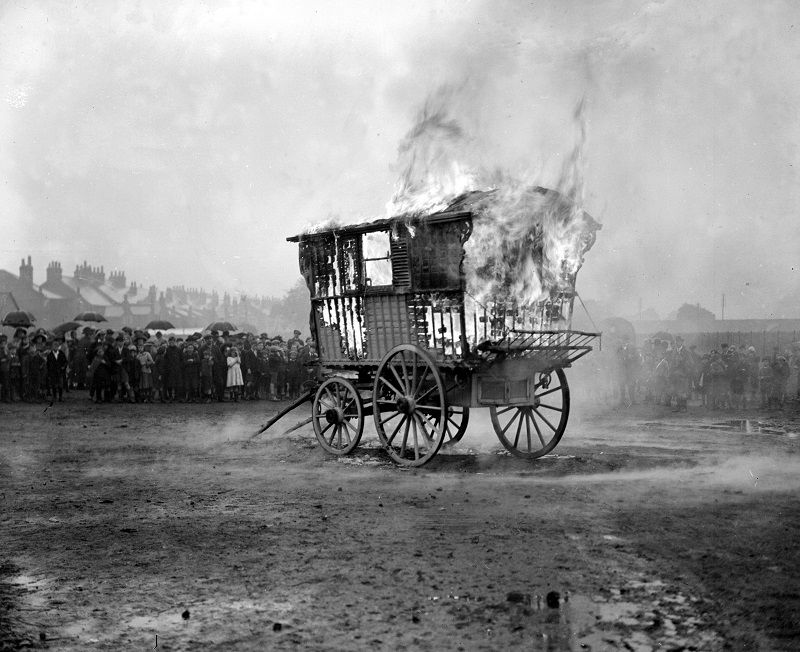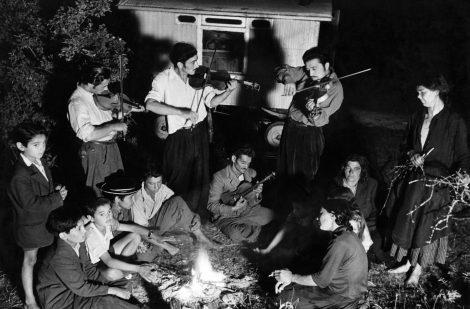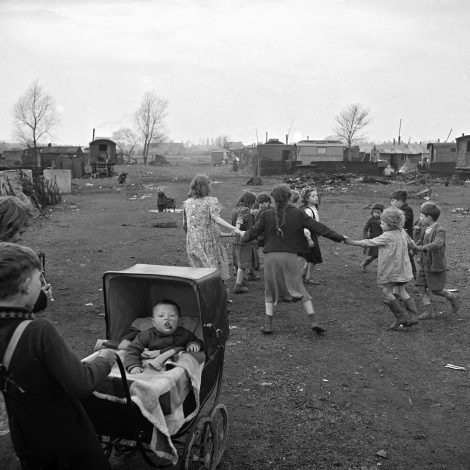|
Digital meets Culture https://www.digitalmeetsculture.net/article/weave-metadata-curation-of-minority-collections/ Export date: Wed Jan 7 21:40:55 2026 / +0000 GMT |
WEAVE works for metadata curation of community and minority collections images courtesy TopFoto.co.uk Digital collections of various types of heritage are an immense resource for knowledge sharing, and Europeana is the EU flagship initiative to make this common heritage accessible to any type of users. Europeana and its network of partners enable cultural heritage institutions to share their collections, that are composed of content (i.e. image, video, sound…) and descriptive information (i.e. the metadata): Europeana sets inclusive but also very specific standards for content and metadata quality, under the Europeana Publishing Framework, and Europeana Aggregators like Photoconsortium enable the technical process for publishing the collection (i.e. content + metadata) in the Europeana portal. However, the responsibility of curation for the collection relies on the shoulders of the cultural heritage institution that preserves the collection. There are often cases where the collections contain contested heritage or heritage that depict minority/marginalized communities; and, especially in the case of very old collections, it is very likely that the original descriptions of the items, or that the items themselves (e.g. heritage colonial videos or photographs), include inappropriate terminology and offensive language towards the community that they intend to represent. While awareness is rising in the cultural heritage sector on the importance of a mindful approach in diversity and inclusion to make cultural heritage truly representative, not always the cultural heritage institution holding the content is fully aware of the problematic or insufficient metadata that are exposed; or may not have inside the full knowledge for appropriate curation or correction. To provide a participatory approach in solving this problem, WEAVE experimented with an exercise of co-curation jointly conducted by partners TopFoto, one of the most renowned photographic agencies, and ERIAC, the European Roma Institute for Arts and Culture. Media experts in Roma heritage from ERIAC's network were invited to review the collection about Roma heritage that TopFoto intended to provide for publication in Europeana.  In the evening around the camp fire the family sing and play their violins. ©Topfoto.co.uk This consultation process, that went across a series of iterative discussions, generated a number of important outcomes:
This effort was delivered within the scopes of WEAVE's capacity building work and quality improvement of heritage collections by building more representative content and metadata. The analysis of Topfoto's collection by experts' consultation investigated potential problematic issues with current Roma heritage collections and tried to find potential solutions to these.  1950s: the people who live in the camp earn their living by working on the farms of Kent during the season, and in the hopfields during the short hop harvest. ©Topfoto.co.uk Following standard practice of many Cultural Heritage Institutions, TopFoto added original caption information to the description field of the metadata (the field is most prominent for users of Europeana and standard metadata readers). Before publishing to Europeana TopFoto extracted the metadata into validation spreadsheets, with links to the images, allowing experts to correct or amend the text and review the corresponding images. The validators also had the option to reject the image based on the depicted visual subject alone. None were rejected by the validators on this basis. The review by the experts resulted in a number of very useful comments and corrections in TopFoto's metadata, which in fact helped refresh the outdated information in their database so as to make the metadata more appropriate, inclusive and representative of the Roma heritage. After the review, a discussion workshop was held online between partners and experts to transfer knowledge and capture the co-curation process, and eventually to derive lessons learnt on appropriate language and key terminology (metadata) about Roma heritage. This workshop was very important to gather further detail from the validators, and community experts, to gauge their general impression of the images. As a result, even though the images were not rejected on subject matter alone, the collection did raise serious questions about objectivity and the importance of presenting historical images with a revised context for a contemporary audience.  Gypsy funeral custom - caravan being burned off to the funeral of Mrs. Sarah Bunce, show woman at Reading. 1 October, 1924 ©Topfoto.co.uk |